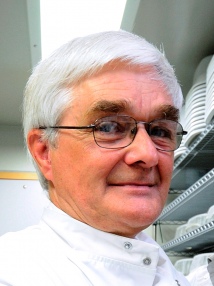BibTex format
@article{Churcher:2017:10.1371/journal.ppat.1006108,
author = {Churcher, TS and Sinden, RE and Edwards, NJ and Poulton, ID and Rampling, TW and Brock, PM and Griffin, JT and Upton, LM and Zakutansky, SE and Sala, KA and Angrisano, F and Hill, AV and Blagborough, AM},
doi = {10.1371/journal.ppat.1006108},
journal = {PLOS Pathogens},
title = {Probability of transmission of malaria from mosquito to human Is regulated by mosquito parasite density in naïve and vaccinated hosts},
url = {http://dx.doi.org/10.1371/journal.ppat.1006108},
volume = {13},
year = {2017}
}

